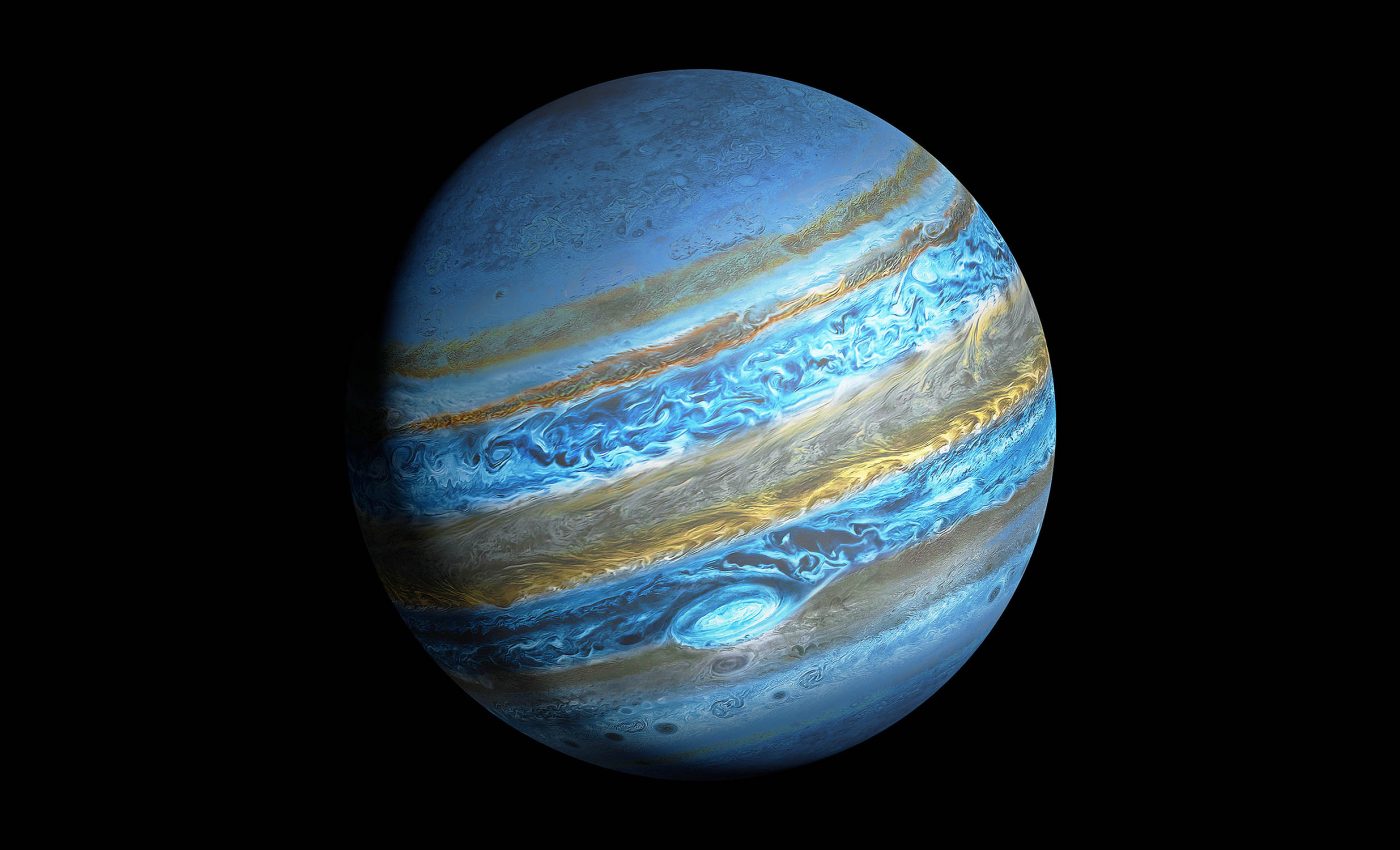
Super-Jupiter exoplanet 'Eps Ind Ab' directly imaged by Webb telescope
There’s a new neighbor in our cosmic backyard. In what is nothing short of a cosmic revelation, the Webb telescope (JWST) has captured the image of a gargantuan super-Jupiter, Eps Ind Ab, lurking in the vicinity of our solar system.
“We were excited when we realize we had imaged this new planet,” said the seasoned researcher Elisabeth Matthews from the Max Planck Institute for Astronomy in Heidelberg, Germany.
Discovery of super-Jupiter ‘Eps Ind Ab’
The thrill of discovery was, however, coupled with surprise as the bright spot in the Webb Telescope images did not match the expected position of the planet.
This discrepancy led Elisabeth Matthews and her team to dig deeper, resulting in the revelation that previous studies had underestimated the planet’s weight and orbit. But thanks to JWST, the record was set straight.
The planet, now identified as Eps Ind Ab, revolves around the prime star of the triple star system Epsilon Indi.
Eps Ind Ab is a super-Jupiter, having a mass six times that of our solar system’s Jupiter. Its eccentric, elliptical orbit takes it on a journey between 20 and 40 astronomical units away from its sun, Eps Ind A.
Significance of super-Jupiter discovery
Understanding this exotic planet’s existence and location brings a new dimension to our understanding of planetary evolution.
Until now, only a few cold gas-giant planets have been identified around stars of solar age, and these were inferred indirectly from radial velocity measurements.
The colder the planet, the more challenging it is to find with classical detection methods. And large, wide orbits are seldom aligned with our line of sight to provide a transit signal. Hence, the discovery and imaging of super-Jupiter is indeed a rare feat.
How astronomers found ‘Eps Ind Ab’
How did the team manage to circumvent these challenges and image Eps Ind Ab? They employed innovative technology – JWST’s MIRI (Mid-Infrared Instrument) camera equipped with a coronagraph.
The coronagraph acts as a light-blocking mask, allowing distant, faint celestial bodies to be observed without the blinding starlight interference.

Couple this with the fact that Eps Ind is only 12 light-years away from Earth, and you have a perfect setup to observe and image an exoplanet.
Mysteries of super-Jupiter
Upon closer analysis of the data, Elisabeth Matthews and her team observed that the point of light in the image was not in the predicted location for the exoplanet.
After careful scrutiny and comparison with previous data, the team concluded that the planet was indeed a super-Jupiter.
As we delve deeper, we find that it’s not just the size and location of Eps Ind Ab that is intriguing. Its atmosphere is also a matter of interest to the astronomers.
The data suggests that the exoplanet may have significant amounts of heavy elements, including carbon. This translates to the likely presence of molecules such as methane, carbon dioxide, and carbon monoxide, typically seen in gas-giant planets.
Alternatively, the super-Jupiter could have a cloudy atmosphere. Researchers are eager to explore the atmospheric composition further through ongoing studies. This could reveal more about its characteristics.
‘Eps Ind Ab’ and the next frontier
While this revelation is a giant leap in exoplanet research, the road ahead is long.
“Our next goal is to obtain spectra which provide us a detailed fingerprint of the planet’s climatology and chemical composition,” says Thomas Henning, Emeritus Director at MPIA, co-PI of the MIRI instrument, and a co-author of the underlying article.
“In the long run, we hope to also observe other nearby planetary systems to hunt for cold gas giants that may have escaped detection,” says Matthews.
“Such a survey would serve as the basis for a better understanding of how gas planets form and evolve.”
So, as we gaze up into the night sky, let’s take a moment to marvel at the exciting mysteries it holds and the scientific pursuits aiming to unravel them.
After all, the universe is not just about stars and galaxies; it’s also about the cold gas giants like Eps Ind Ab that offer a new perspective on our understanding of the cosmos.
The study is published in the journal Nature.
—–
Like what you read? Subscribe to our newsletter for engaging articles, exclusive content, and the latest updates.
Check us out on EarthSnap, a free app brought to you by Eric Ralls and Earth.com.
—–













